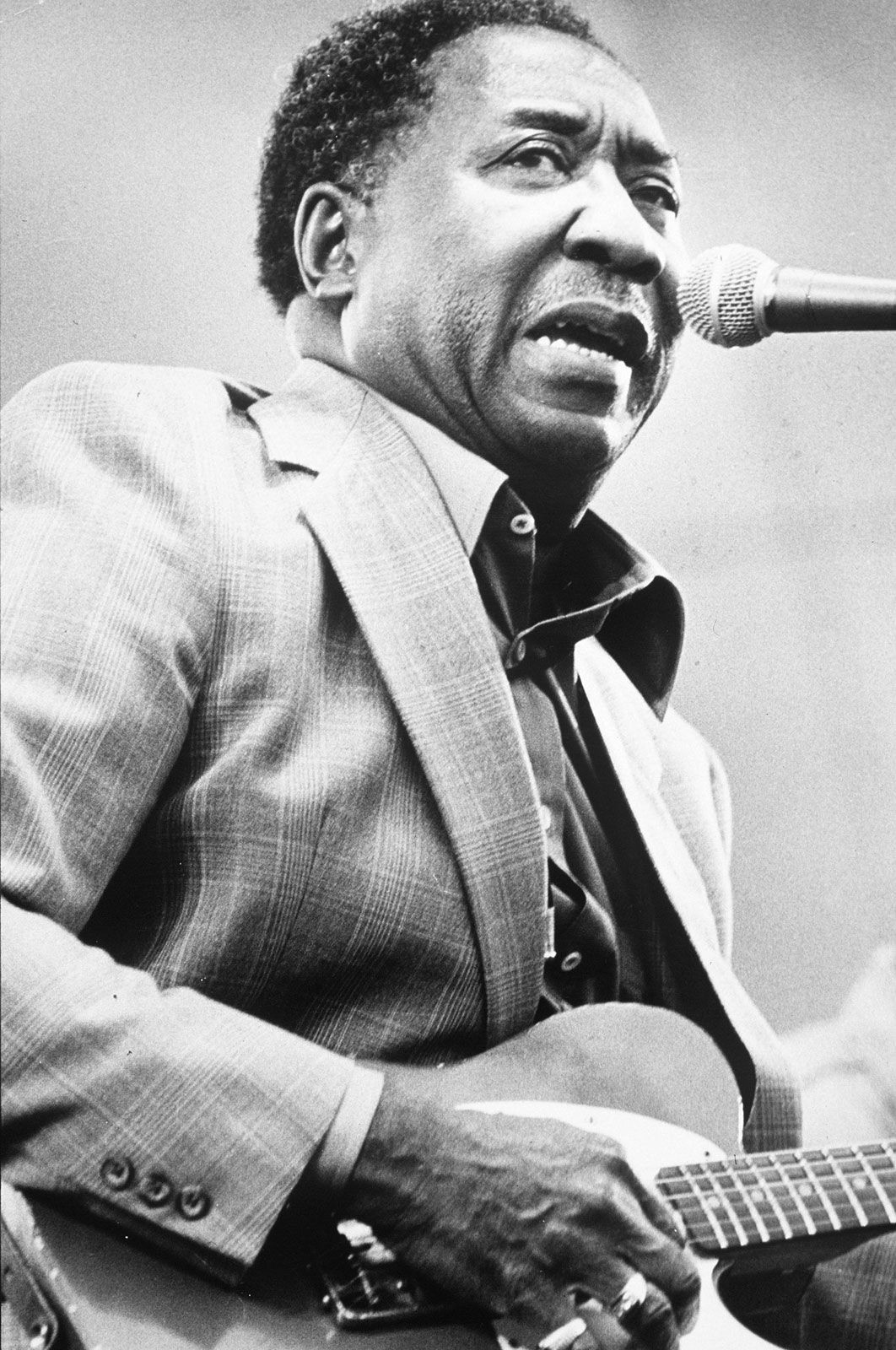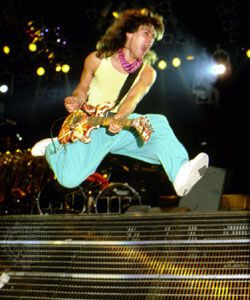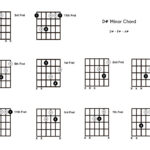The electric guitar, a cornerstone of modern music, didn’t emerge overnight. Its creation was a gradual evolution driven by the need for louder instruments, particularly in the burgeoning big band era of the 1920s and 30s. While pinpointing a single inventor is complex, the story of the electric guitar’s birth involves several key figures and innovations. So, who truly invented the electric guitar? Let’s delve into the history of this iconic instrument.
Efforts to amplify the guitar’s sound date back to the late 19th century, but the first commercially viable electric guitar is widely credited to George Beauchamp. In the early 1930s, Beauchamp, in collaboration with Adolph Rickenbacker, developed and patented an electric guitar pickup. This pickup used electromagnetic principles to convert string vibrations into electrical signals, which could then be amplified. Their company, the Electro String Instrument Corporation, and its brand “Rickenbacker” (originally “Electro”), launched the first electric guitars into the market.
 George Beauchamp and an early Rickenbacker Electric Guitar
George Beauchamp and an early Rickenbacker Electric Guitar
These early electric guitars were hollow-bodied, similar in construction to acoustic guitars, but with the crucial addition of pickups. These “pickup” devices were typically tungsten steel and were the most significant innovation. They allowed guitarists to finally compete with louder instruments in jazz and big band ensembles. Musicians playing Hawaiian-style music and country music were among the first to embrace Beauchamp’s invention, seeking greater volume and projection. As blues music migrated from the rural South to urban centers like Chicago in the 1940s and 50s, electric guitars became essential for musicians like Muddy Waters and Howlin’ Wolf to be heard in noisy clubs.
However, the quest for even greater volume and different tonal qualities led to another major innovation: the solid-body electric guitar. While not the very first, Les Paul is recognized for creating his solid-body guitar, “The Log,” in 1941. Unlike hollow-body guitars that resonated acoustically, solid-body guitars relied solely on pickups for sound, resulting in a more focused, sustained tone and reduced feedback. This design was revolutionary, though it took some time to gain widespread acceptance.
 Les Paul with his iconic guitar
Les Paul with his iconic guitar
While Les Paul was developing his solid-body concept, Leo Fender was also working on similar ideas. Fender and the Fender Electric Instruments Company achieved a major milestone by mass-producing the first solid-body electric guitar, the Fender Broadcaster (later renamed Telecaster), in 1948. This marked a turning point, making solid-body electric guitars accessible to a wider range of musicians. Gibson, in collaboration with Les Paul, followed suit with the Les Paul Standard in 1952. Fender then introduced the Stratocaster in 1954, featuring three pickups and further expanding the tonal possibilities of the electric guitar.
The emergence of rhythm and blues, rockabilly, and rock and roll in the 1950s perfectly coincided with the rise of the electric guitar. Artists like Chuck Berry, Bo Diddley, and Buddy Holly were quick to explore the new sounds and expressive capabilities of these instruments. The electric guitar became synonymous with this new wave of music and youth culture, symbolizing rebellion and innovation.
 Bo Diddley with his signature rectangular guitar
Bo Diddley with his signature rectangular guitar
The 1960s saw further advancements in electric guitar technology, with the introduction of effects like tremolo, wah-wah, and distortion. These innovations, combined with the instrument’s inherent versatility, led to the development of new rock subgenres and playing techniques like string-bending and hammering. The electric guitar also paved the way for the electrification of other instruments, most notably the bass guitar, with the Fender Precision Bass being a prime example.
 Fender Precision Bass Guitar
Fender Precision Bass Guitar
Countless guitarists have since pushed the boundaries of the electric guitar, becoming virtuosos and innovators. From blues legends like B.B. King and Eric Clapton to rock icons like Jimi Hendrix and Keith Richards, and heavy metal pioneers such as Eddie Van Halen, the electric guitar has been shaped and redefined by generations of musicians. Its global impact is undeniable, transcending genres and cultures, and continuing to inspire musicians worldwide.
 Jimi Hendrix performing with his electric guitar
Jimi Hendrix performing with his electric guitar
 B.B. King playing his beloved "Lucille" guitar
B.B. King playing his beloved "Lucille" guitar
 Eric Clapton playing his signature electric guitar
Eric Clapton playing his signature electric guitar
 Eddie Van Halen shredding on his electric guitar
Eddie Van Halen shredding on his electric guitar
In conclusion, while George Beauchamp and Adolph Rickenbacker are rightly credited with inventing the first commercially successful electric guitar, the story is richer and more nuanced. Les Paul and Leo Fender made equally crucial contributions with the development and popularization of the solid-body electric guitar. The electric guitar’s invention was a collaborative process, driven by innovation and the desire to amplify musical expression, ultimately transforming music history and popular culture forever.

